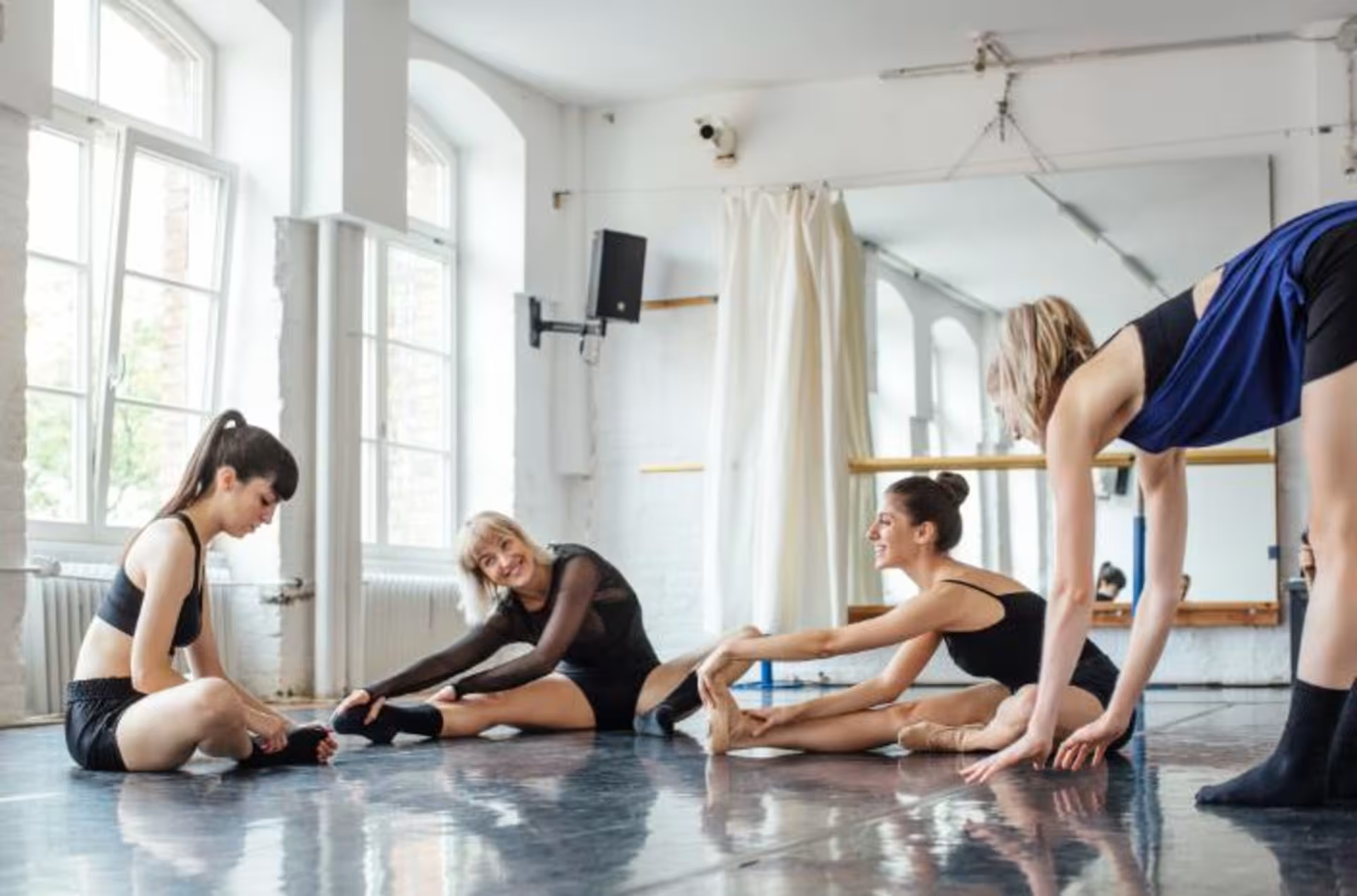Speak with a University Counselor today.
The views and opinions expressed in this article are those of the author’s and do not necessarily reflect the official policy or position of Grand Canyon University. Any sources cited were accurate as of the publish date.

Stretching is so important when it comes to being a dancer. It helps you maintain flexibility and range of motion in your joints. Without it, the body can be more prone to injury and hurt yourself. However, on the other side of the coin, it is possible to overstretch.
Over the internet, there are many photos that float around that show dancers doing intricate stretches, most of which aren’t healthy or natural for the body. Lisa Howell, a physiotherapist for dancers says, “In the last few years dance has accelerated massively and as such the training techniques to support this have changed dramatically” (Howell, n.d.). This means that we don’t have all the knowledge of the long-term effects of this.
Overstretching is taking a person’s joint past the natural physiological range and stretching the ligaments that normally help support the joint so that it becomes more mobile. It can also be where a person is forced into a position that results in damage to the tissues.
It may not hurt a person right away, but the damage can slowly reveal itself over time. As ligaments that are supposed to support each other get more relaxed from stretching, the shifting of the joint surfaces against each other increases. This can lead to pain in the muscles attempting to support the unstable joint and cause long-term wear and tear of the cartilage inside.
When you force excess flexibility, you sacrifice the stability and power in your body and dancing technique.
Raj Deu, a John Hopkins sports medicine specialist, and performing arts physical therapists Andrea Lasner and Amanda Green shared their valuable information towards preventing injuries in overstretching. They emphasized the importance of taking care of yourself and get enough rest in-between. They recommend dancers work at their highest intensity a couple of times per week and then taking at least two days off. This is ideal for recovery and for avoiding injury.
You also should focus on how your body feels. If something is causing you extreme pain, take a break from it, or adjust it until the pain goes away.
So while you may be impressed with all the Instagram posts of dancers in complicated positions that bend their body in new ways, it’s not worth hurting yourself in the process. Everyone is built differently and have different limits. Listen to what your body says and don’t push yourself to the brink of brokenness.
If you want to learn more about Grand Canyon University’s dance program within the College of Fine Arts and Production, check out our website or click the Request More Information button on this page.
References:
It is important to remember that you should not be experiencing pain while stretching. It’s probably not safe for the body if the dancer is grimacing, crying or trying to shift out of the position. Some other indicators toward overstretching include: